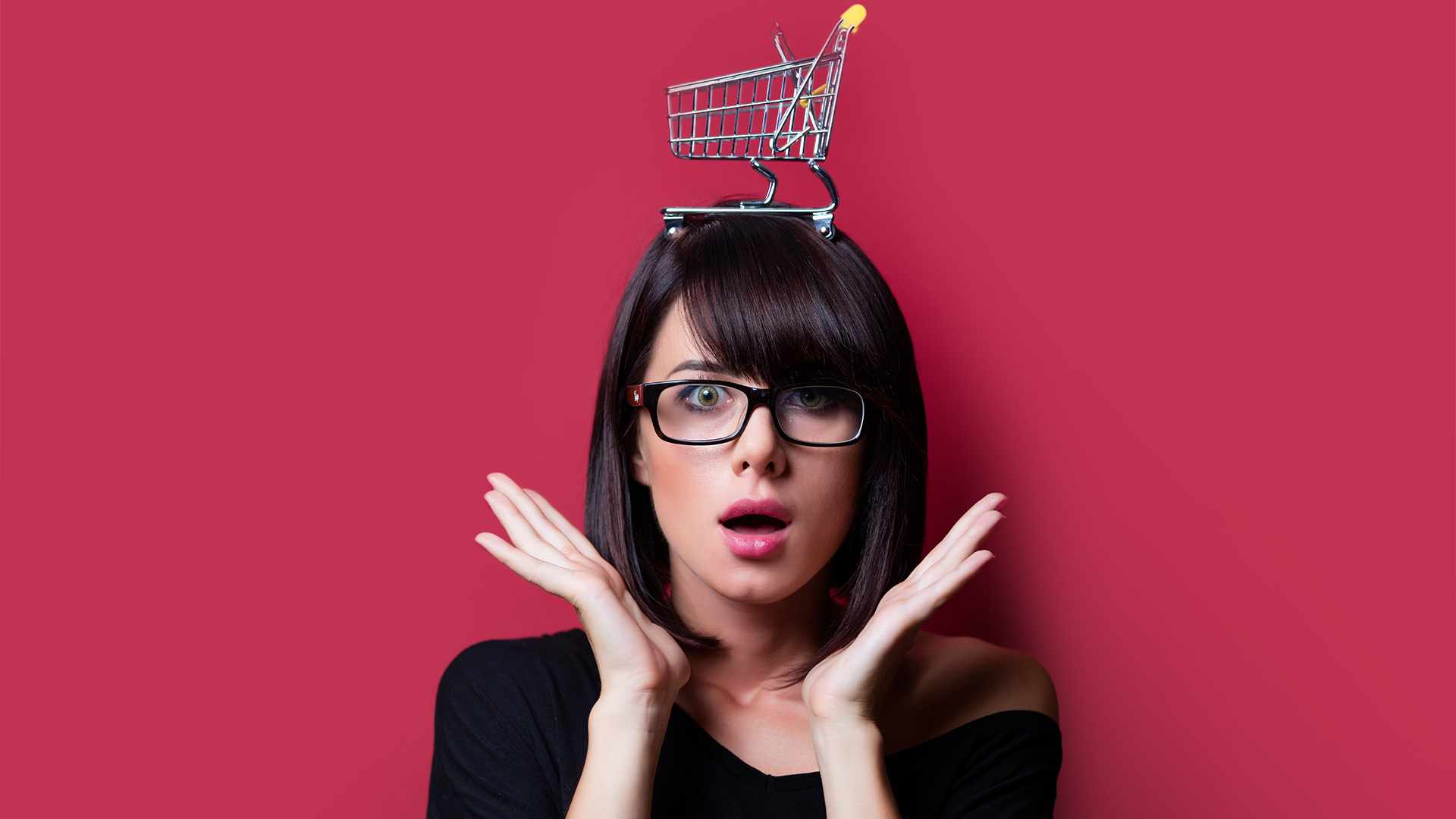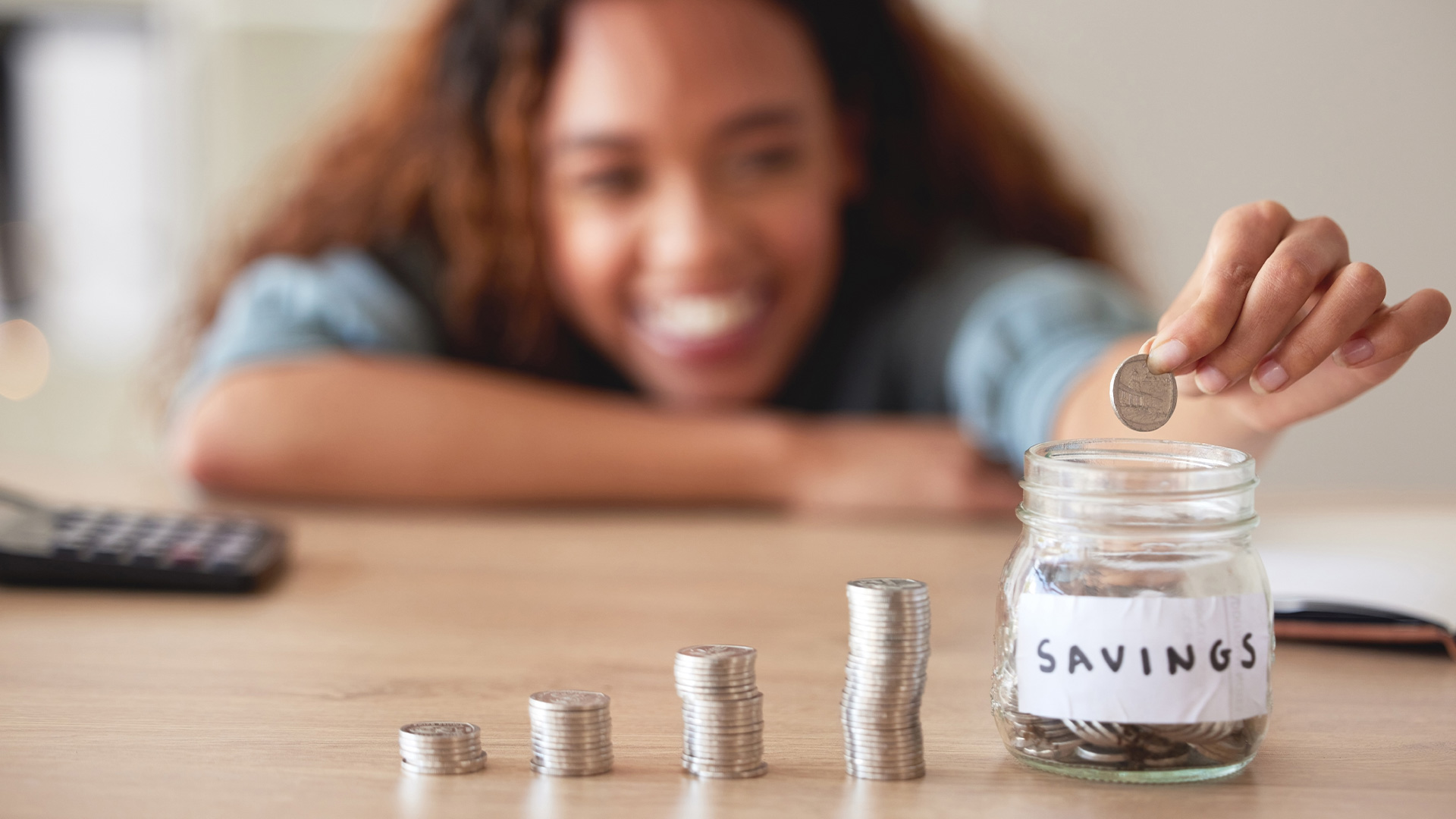You walk past a sale sign. Suddenly, you're holding a new jacket you didn’t plan to buy. It feels exciting--maybe even a little thrilling. That instant rush? That’s dopamine at work.
We often think of impulse buys as bad habits or weak self-control. But there’s a real, biological process happening in your brain. And the more you understand it, the easier it becomes to recognize what’s driving your spending--and how to take back control.
Let’s break down the brain chemistry behind impulse buying, in plain terms, and see what you can do to outsmart it.
What Is Dopamine?
Dopamine is a chemical in your brain that helps control your mood, motivation, and sense of reward. It’s often called the “feel-good” chemical, but that’s not quite accurate. It’s not pleasure itself--it’s the anticipation of pleasure.
When your brain predicts a reward, it releases dopamine. That’s what gives you the “ooh, I want that” feeling before you even make a purchase.
It’s like your brain saying, “Something good is coming!” even if you don’t actually need the thing you’re about to buy.
Why Dopamine Drives Spending
Impulse buying isn’t always about owning the item. It’s about how it makes you feel in the moment.
Seeing something new or exciting triggers dopamine. You picture yourself using it, wearing it, or posting about it. You don’t even have to buy it to get the hit--just the possibility of buying is enough to activate your brain’s reward system.
And if you do buy it? You often get a second hit of dopamine--but it’s usually smaller than the first one. That’s why impulse buys can be addictive. You’re chasing the anticipation, not the outcome.
The Loop of “See, Want, Buy, Repeat”
Here’s how the cycle works:
1. Cue: You see a product, ad, or sale 2. Craving: Your brain releases dopamine, making you want it 3. Response: You buy it 4. Reward: Temporary satisfaction--then the cycle resets
Retailers know this. That’s why stores and apps are designed to constantly feed your brain new cues--pop-up deals, one-day offers, trending products.
More cues = more dopamine = more spending.
How Online Shopping Supercharges Dopamine
Impulse buying used to happen mostly in stores. Now it happens anytime you scroll.
Online shopping hits all the dopamine triggers:
- Endless novelty: You can browse for hours without running out of options
- Instant access: One-click checkout means no delay between want and buy
- Surprise and anticipation: Waiting for your package to arrive gives another dopamine hit
That’s why online impulse spending can feel even more powerful--and why your budget can take a bigger hit before you even realize what happened.
When Dopamine Becomes a Habit
The more often you act on those dopamine hits, the stronger the habit becomes. Your brain starts to connect boredom, stress, or celebration with buying something new.
Soon, you’re not just impulse buying when something excites you--you’re using it to fill time, change your mood, or reward yourself.
This doesn’t make you weak. It makes you human. But it does mean you need to build awareness to break the loop.
How to Outsmart Your Brain (Without Depriving Yourself)
You don’t have to swear off fun purchases forever. You just need to separate impulse from intention.
Here are a few tactics that help slow the dopamine train:
Add a Delay
The simplest tool: time. Add a 24-hour or 48-hour rule before buying anything non-essential.
This gives your dopamine spike time to fade and your logical brain time to catch up. If you still want the item after a day or two, buy it--guilt-free.
Use a “Wish List” Folder
Create a digital wish list in your phone or browser. When something triggers that dopamine urge, add it to the list instead of your cart.
Often, the act of saving it satisfies the craving. And when you come back later, you can decide with a clearer head.
Track Your Triggers
Keep a quick note of when and where impulse urges hit hardest. Is it late at night? After a stressful workday? When scrolling Instagram?
Once you spot the patterns, you can change your routine during those windows. Awareness reduces reactivity.
Build in Intentional Rewards
Your brain still wants a win. So give it one--just with boundaries.
Try setting a “fun money” limit each month. Spend it however you want, but once it’s gone, it’s gone. This creates structure without shame.
You still get to enjoy shopping--but now you’re making the choice, not your dopamine system.
Celebrate Non-Spending Wins
Your brain wants rewards. So train it to notice other kinds of victories.
Did you skip a purchase you would’ve made impulsively? Moved that $40 into savings instead? Journaled about your craving instead of buying something?
That’s a win. Recognize it. Dopamine doesn’t care what the reward is--it just wants a reason to feel good. You can give it one that supports your goals.
It’s Not About Denial
You’re not bad with money because you like to shop. You’re not weak because a flash sale grabs your attention.
You’re just working with a brain that’s wired to seek rewards. Once you understand that, you can start building habits that give you the same emotional payoff--without the spending regret.
Impulse buying is a brain habit, not a moral failure. And with a few small tweaks, you can learn to work with your brain chemistry instead of against it.



